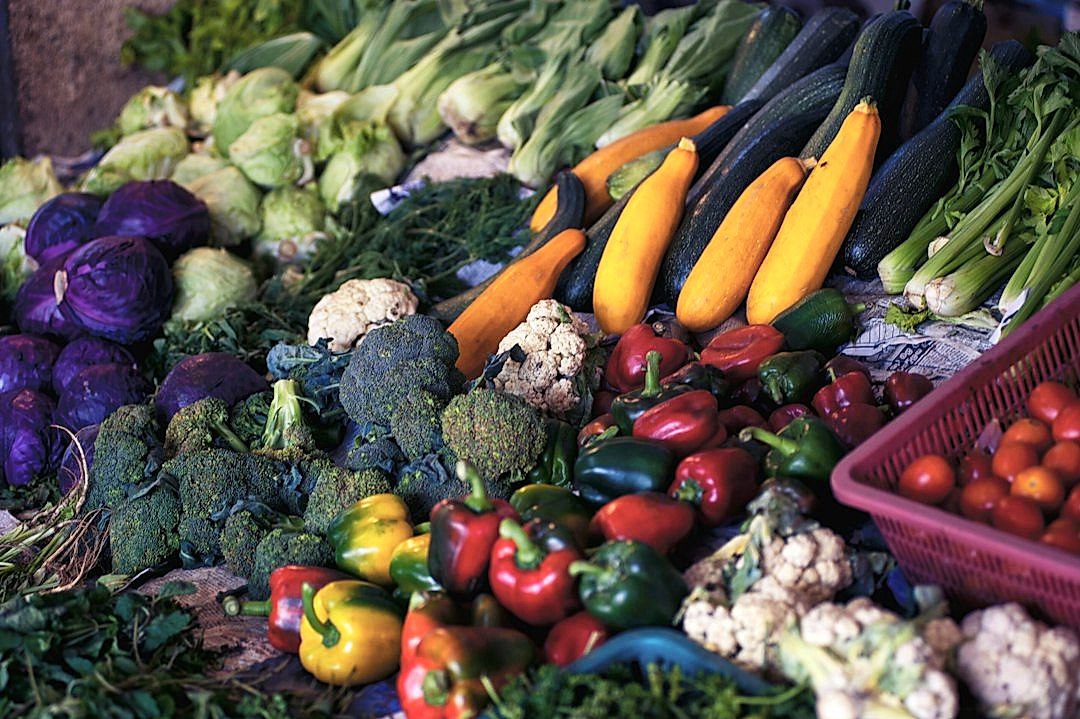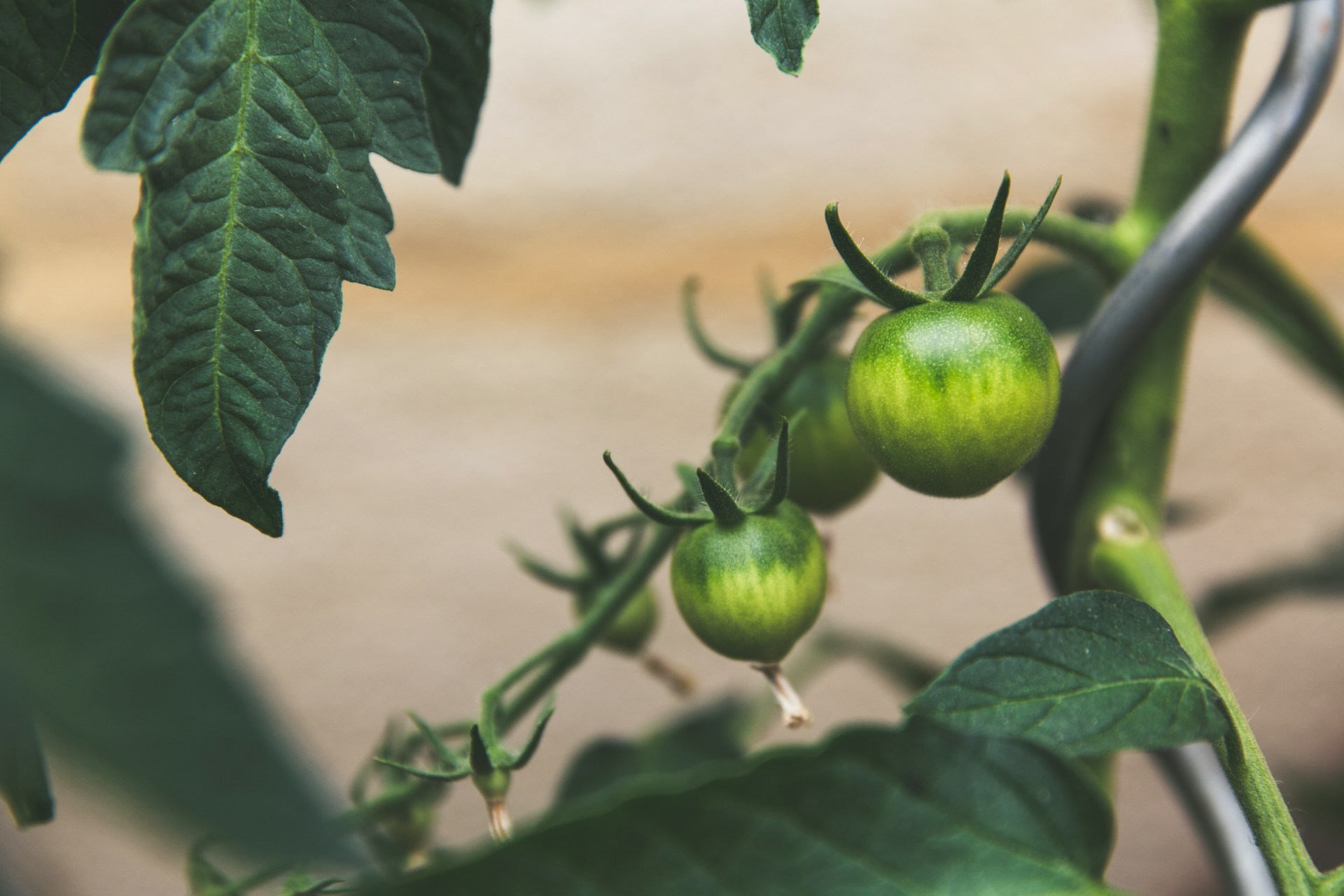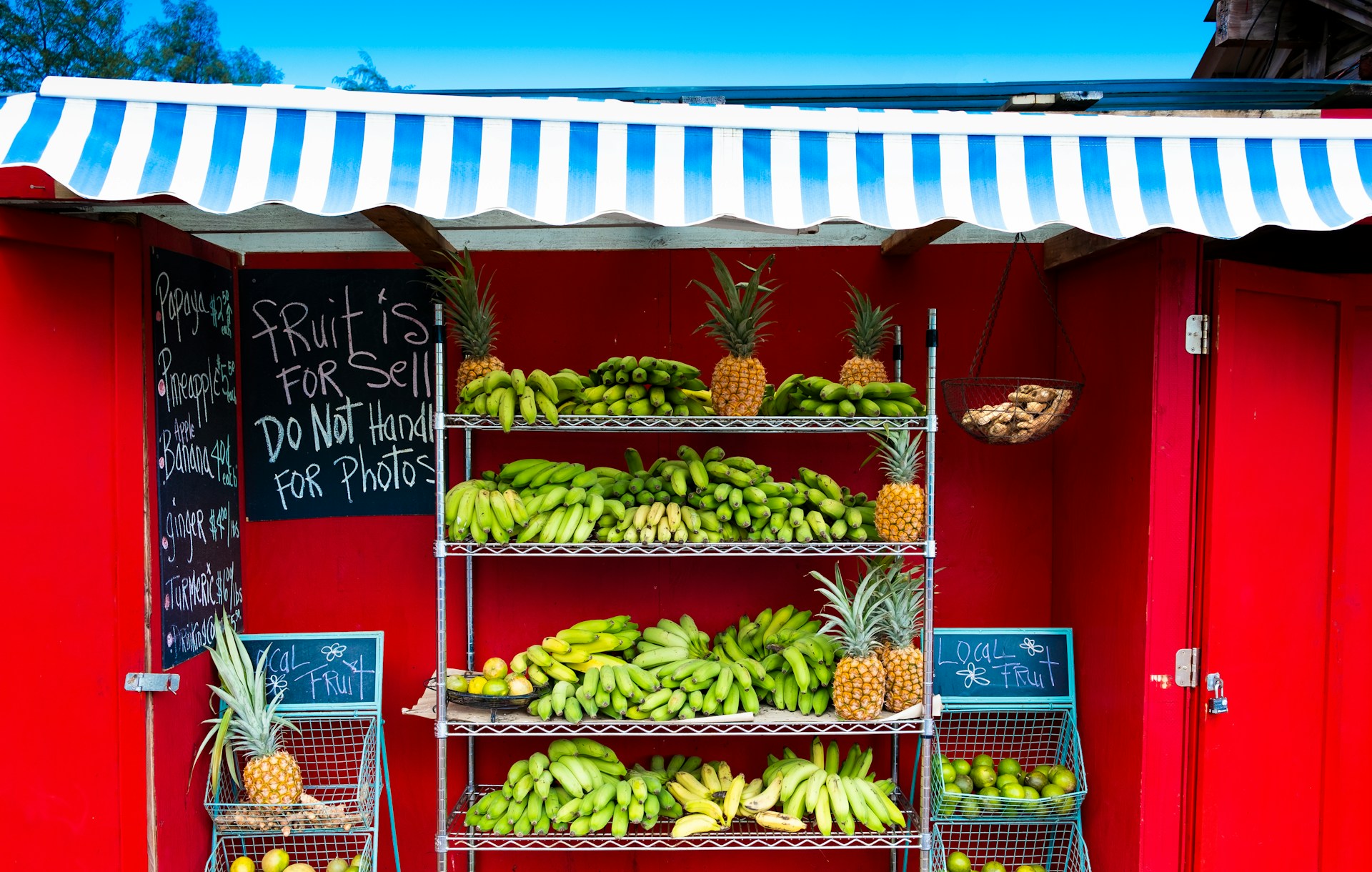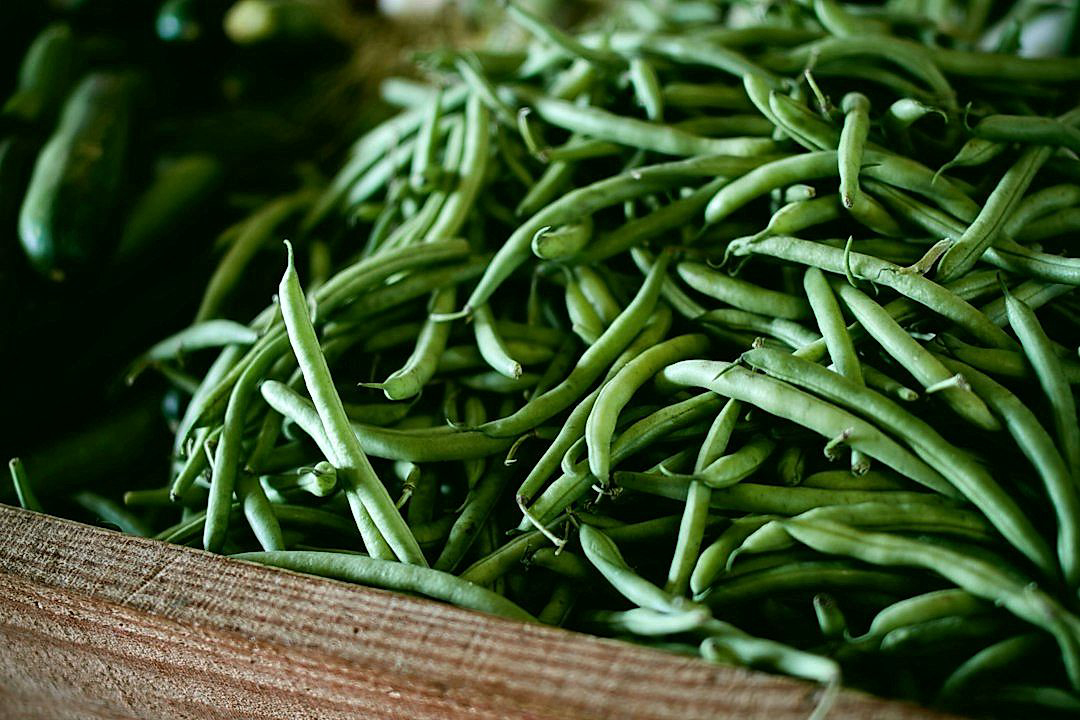Technological advancements in the field of food packaging are increasing at a rapid rate.
One innovation receiving significant attention is the incorporation of smart sensors.
This technology provides an opportunity for improved packaging quality control and could prove to be a game-changer in the produce industry.
The benefits are vast: enhanced food safety protocols, reduced waste, and greater efficiencies across the supply chain.
As the world continues to grapple with sustainability and food safety concerns, this new development is particularly pertinent.
This discourse will delve into these exciting innovations, demystifying how smart sensors are transforming the sector.
Contents
Smart Sensors Revolutionizing Produce Packaging Quality Control
1. NIR Spectroscopy Sensors
Advancements in the field of smart sensors are drastically transforming the ways in which quality control is conducted in the produce packaging industry.
One of the critical tools paving the way for this industry shift is the NIR (Near Infrared) Spectroscopy Sensor.
Known for its non-destructive nature, NIR Spectroscopy utilizes the near-infrared region of the electromagnetic spectrum to examine the composition and quality of substances.
This form of spectroscopy enables in-depth analysis of the product without compromising its structure or integrity.
In the context of produce packaging, NIR spectroscopy sensors primarily function for determining the quality of the fruits or vegetables.
These sensors are particularly effective because they can identify even slight variations in the albedo within the fruit or vegetable, which may indicate its readiness for harvest, deterioration, or freshness.
This enables food manufactures and producers to ensure that only the highest quality produce progresses to the next step of the supply chain.
Furthermore, NIR sensors can help to identify any potential contaminants or foreign bodies within the produce which could potentially compromise the safety of the end consumer.
Through their capacity for multiple analysis, NIR spectroscopy can evaluate the water content, sugar content, acidity levels, ripeness, and other qualities that shape the taste and aesthetic appeal of the produce.
It’s not just about aesthetics and taste, but NIR spectroscopy plays a monumental role in contributing to food safety and preventing wastage.
Consider the high cost of food recalls due to quality issues – NIR spectroscopy can negate such instances by providing accurate and timely information about the produce.
Think about the reduction in food waste – if NIR spectroscopy can accurately predict the ripeness of a fruit or vegetable, producers can time their harvesting more efficiently to ensure optimum freshness and longevity.
NIR spectroscopy, in essence, is an enabler for sustainability in the food production and consumption chain.
While the cost and complexity involved in implementing NIR spectroscopy sensors might cause some hesitation, the multi-fold benefits accruing from their implementation significantly outweigh the initial investment.
With the advance in technology, NIR spectroscopy sensors are becoming more affordable and more accessible, making the benefits of this technology available to even small-scale players in the produce packaging industry.
2. Moisture Detection Sensors
Moisture detection sensors play a critical role in quality control in produce packaging.
These smart sensors are designed to detect and measure the amount of moisture present in the environment around the produce.
Moisture level is a crucial factor that directly impacts the freshness, quality, and shelf life of many agricultural products.
By accurately detecting moisture levels, these sensors can help in maintaining the optimal conditions required for preserving the quality of the products.
Most moisture sensors use a capacitance measurement technique to detect moisture levels.
This technique allows the sensor to provide instant readings that accurately reflect the real-time moisture conditions within the packaging.
Furthermore, these sensors also have the capacity to work in a wide range of temperatures, enabling them to function efficiently in various environments.
The data collected by the sensors can be transmitted and analyzed in real-time, allowing for proactive quality control and management.
This can significantly reduce the risk of product spoilage due to excessive moisture, resulting in increased shelf-life and better customer satisfaction.
In addition, advancements in technology have led to the development of wireless and miniature versions of these sensors that can easily be incorporated into packaging.
These smart moisture detection sensors are quickly becoming an important tool in the modern produce packaging industry.
Implementing them not only helps in meeting quality standards but also contributes to reducing waste and increasing efficiency in the supply chain.
While the upfront cost of implementing these sensors might seem high, the savings from reduced waste and improved product quality often outweigh these initial investments.
The use of moisture detection sensors in produce packaging is a testament to the potential of smart sensor technology in revolutionizing the agriculture industry.
Moisture detection sensors have been instrumental in enhancing product quality, reducing waste, and improving operations in the produce packaging process.
The revolution brought about by smart sensors like these will continue to shape the future of the produce packaging industry.
3. Temperature Monitoring Sensors
In the realm of produce packaging, temperature monitoring sensors play an indispensable role.
These smart sensors actively monitor and record temperature levels within produce packages during transit or storage.
With their advanced features, they raise alerts if temperatures deviate from the predetermined optimal temperature ranges for specific types of produce.
The ability of temperature monitoring sensors to ensure that produce is stored within its ideal temperature range can greatly enhance its preservation, thereby significantly contributing to quality control in produce packaging.
The integration of these sensors with wireless technology enables real-time temperature monitoring, allowing quick action to prevent produce spoilage.
This continuous monitoring and instant notification capability is crucial in maintaining the freshness and quality of the produce within the package.
This technology also eliminates the need for manual temperature checking, which can be labor-intensive and less accurate.
Additionally, temperature monitoring sensors can provide historical data of the temperature changes over time.
This data can be used to analyze and improve the effectiveness of the packaging and transport protocol for the produce.
Furthermore, these smart sensors can be programmed to work in conjunction with other types of sensors, such as humidity and ripening sensors, for comprehensive quality control.
The use of these sensors therefore drives innovation in produce packaging, facilitates precise quality control, and ensures the delivery of high-quality fresh produce to consumers.
As technology develops, we can expect temperature monitoring sensors to become even more accurate and affordable, making them an integral part of the produce packaging process.
These advancements in sensor technology are thus at the forefront of the revolution in produce packaging quality control.
Not only do they enable the monitoring of a single factor, temperature, but their ability to integrate with other sensors for a more comprehensive monitoring makes them a game-changer in the industry.
In a world where the demand for fresh and high-quality produce continues to grow, the importance of these smart sensors, such as temperature monitoring sensors, should not be underestimated.
4. CO2 Detection Sensors
In the world of produce packaging, the integration of CO2 detection sensors plays a pivotal role in maintaining the freshness and quality of the products.
These smart sensors are often installed in controlled atmosphere packaging (CAP) systems for real-time monitoring of carbon dioxide levels.
The presence of excessive levels of CO2 can potentially cause negative effects on the produce’s quality and lead to inaccurate packaging.
The main functionality of the CO2 detection sensors is to continuously assess the concentrations of carbon dioxide in the environment in which the products are stored and transported.
These sensors provide precision measurements and outcomes, allowing for efficient adjustments and controls as necessary.
By identifying the presence of CO2 within the package boundaries, the sensors can initiate necessary adjustments to combat the progress of decay and extend the shelf life of the produce.
Moreover, combined with appropriate packaging design, the data delivered by these sensors can maintain the optimal environmental conditions for each specific produce.
Incorporation of CO2 detection sensors into the packaging process is an impactful method to ensure the highest quality control.
The data provided by these sensors not only aid in preserving the freshness of the products but also support logistical and transport considerations.
Furthermore, the integration of CO2 detection sensors offers an additional layer of technological sophistication to the packaging procedure, making it more accurate and reliable.
The constant supervision granted by these sensors makes the packaging process more autonomous and less prone to human errors.
Derived data from CO2 detection sensors can be further used in forming predictive models to anticipate probable future conditions in the packaging system.
These predictive models can then be leveraged to formulate critical decisions pertaining to the transit, timeline, storage, and quality control of the produce.
Altogether, capturing reliable real-time data and using it for critical decision-making is what makes CO2 detection sensors a cornerstone in maintaining quality control in produce packaging.
It can be thus inferred that CO2 detection sensors, owing to their precision and reliability, have revolutionized the way quality control is maintained in produce packaging.
They have become indispensable in facilitating an environment that is conducive to the longevity and freshness of packed produce items.
5. Intelligent Weight Sensors
In the realm of produce packaging quality control, the role of intelligent weight sensors cannot be underestimated.
These devices are fundamental pieces of technology that are smart enough to accurately measure and report the weight of the packaged produce.
The insights provided by these sensors can help identify packaging inconsistencies and ensure that all produce lots adhere to the exact weight specifications.
Their implementation within the production line enhances efficiency by integrating automated weight measurement into the packaging process.
Intelligent weight sensors can also be programmed to automatically sort packages based on their weight, thereby improving the speed and accuracy of the packaging process.
Furthermore, they serve a dual purpose by acting as a quality control check for the produce and reducing the potential for human error.
In maintaining consistency and standard specifications, intelligent weight sensors play an indispensable role in the overall quality control process.
These intelligent devices use a combination of pressure sensing technology and algorithms to accurately determine the weight of the produce packages.
Moreover, their smart features include the ability to adjust for environmental factors such as temperature and humidity that can influence the weight measurements.
Through the use of intelligent weight sensors, producers can monitor the weight of their produce in real-time, making it possible to immediately rectify any deviations from the specified weights.
This in turn ensures that neither under-filled nor over-filled packages end up in the marketplace, safeguarding both consumer trust and producer reputation.
Adding to the myriad of benefits, these sensors can also be integrated into existing packaging systems, making them a cost-effective solution for producers seeking to enhance their quality control measures.
Furthermore, as these sensors can communicate with other systems, they can provide crucial data for inventory management and forecasting.
Intelligent weight sensors, therefore, not only reinforce quality control in produce packaging but also contribute towards improved business operations and increased profit margins.
The evolution of intelligent weight sensors showcases the transformative power of smart sensors in revolutionizing the quality control procedures within the produce packaging industry.
With continuous advancements in this technology, the use of intelligent weight sensors is only set to increase, making them a fundamental element in the production and packaging process.
6. Signature Capture Sensors
Signature capture sensors are a vital part of the quality control process in produce packaging.
These sensors, working as a subset of technology in the overall smart sensor network, are specifically designed to record signatures.
In the context of produce packaging, these signatures are not the conventional handwritten marks we are accustomed to in document verification.
Instead, signature capture sensors in this sector are set up to collect the distinctive properties or signatures of fruits and vegetables as they move along the packaging process.
The uniqueness of every piece of produce is taken into account, providing an unprecedented level of detail about each item.
Texture, size, and color are just a few of the characteristics these sensors can pick up on and record.
An apple with a small bruise or a banana that’s a bit too ripe might have a different ‘signature’ compared to their flawless counterparts.
With the data from the sensors, companies can quickly identify and weed out poor-quality produce, effectively reducing waste and increasing the overall quality of their packaged goods.
Aside from physical characteristics, these sensors can also capture other crucial information including the duration of packaging, transit times, and even the specific route that the produce has taken within the packaging facility.
This level of monitoring lends itself to greater traceability, allowing for improved accountability in the food chain and bolstering consumer confidence.
In applications beyond just the packaging process, signature capture sensors can be utilized to monitor the conditions under which the produce has been transported and stored.
This ensures that optimal conditions are maintained throughout the supply chain, contributing to the preservation of the merchandise’s freshness and quality.
By integrating signature capture sensors into the packaging process, produce distributors can enhance operational efficiency and make better-informed decisions about their goods.
Reliable data captured by these sensors also offers insight into potential areas of improvement for the packaging process, fostering continuous process refinement.
The incorporation of signature capture sensors not only benefits the producers but also aids retailers and end consumers by ensuring the delivery of high-quality produce, fostering trust in the brand.
7. Ripening Sensors
Advancements in smart sensor technology have paved the way for fantastic innovations such as ripening sensors, revolutionizing quality control in produce packaging.
These sensors monitor the ripeness of fruits and vegetables in real-time, providing crucial data to the handlers.
Ripening sensors are capable of pinpointing the optimal harvest time, ensuring the produce is at its peak when it reaches consumers.
This level of precision leads to an immense improvement in the overall quality of the packaged produce.
Besides enhancing the quality, ripening sensors also drastically reduce the loss and waste that occurs from fruits and vegetables rotting either by being picked too early or too late.
Equally remarkable is the impact these sensors have on transporting produce over long distances.
By keeping track of the ripening process during the transit period, handlers can take preventative measures to stall over-ripening and avoid delivering spoiled produce.
This has a huge significance in maintaining customer satisfaction as well as the brand’s reputation.
The precision offered by ripening sensors represents a breakthrough in quality control for produce packaging.
Investing in such innovative technology is essential for any business that prioritizes delivering the highest quality produce to its customers.
The benefits are not just limited to businesses alone; consumers too have a lot to gain, from healthier, fresher produce to more sustainable consumption practices.
By providing valuable data at every stage, from the fields all the way to the supermarket aisles, ripening sensors offer full transparency in a way that wasn’t previously possible.
It’s clear that the impact of these smart sensors is far-reaching and transformative for the industry.
With the advent of ripening sensors, the future of quality control in produce packaging looks positively smart and vastly efficient.
In light of the advantages they offer, these sensors are expected to be a key part of the future evolution in the industry.
The Bottom Line
Monitoring systems equipped with advanced sensors play a pivotal role in multiple applications and industries.
Sophisticated NIR spectroscopy sensors allow for unrecognized material detection and categorization, enhancing industrial efficiency.
Moisture detection sensors, temperature monitoring units, and CO2 detectors help maintain the optimal environment in domestic and commercial spaces, ensuring safety and comfort.
The utility of intelligent weight and signature capture sensors cannot be overlooked in terms of enhancing operational efficiency in logistics and e-commerce industries.
Lastly, ripening sensors provide valuable service in the agricultural sector by aiding in predicting the perfect time for crop harvesting.
All in all, the integral role that these modern sensors play in optimizing and easing our life processes as well as boosting production efficiency in various sectors is truly remarkable.




